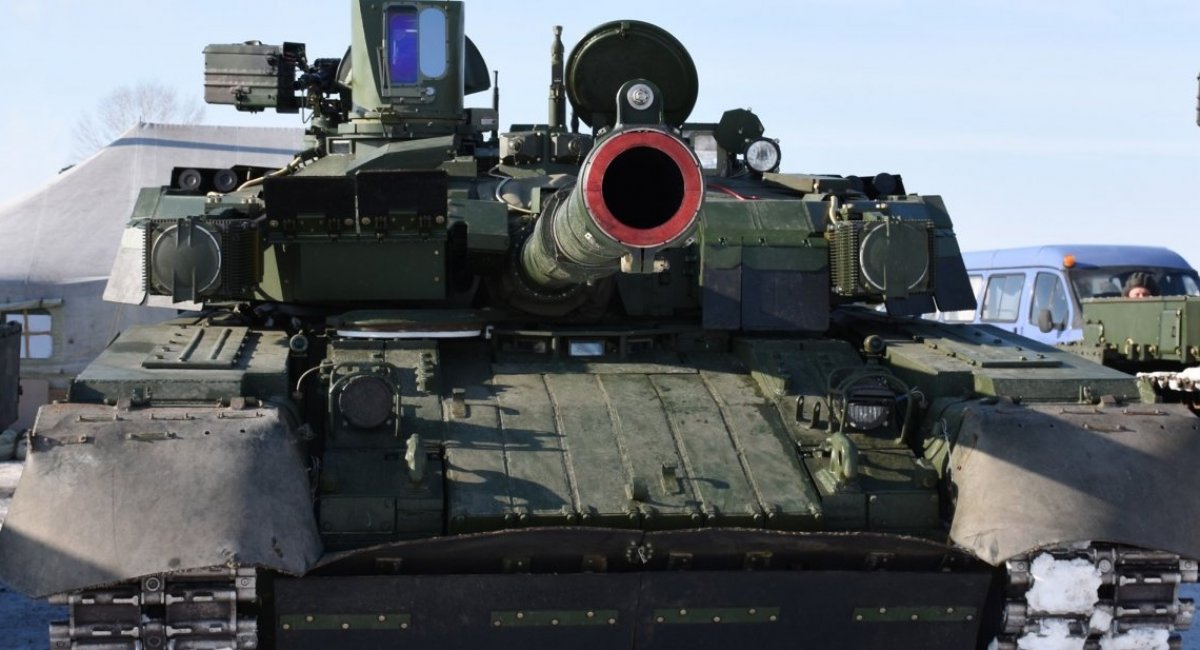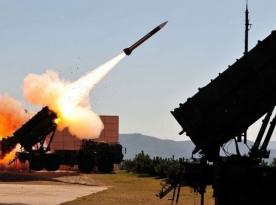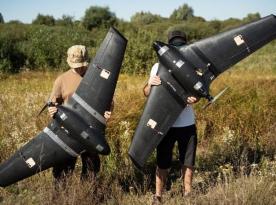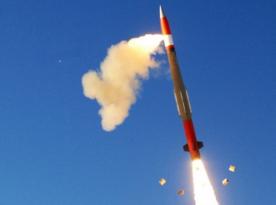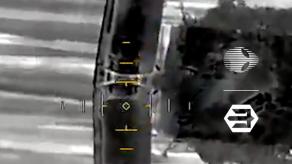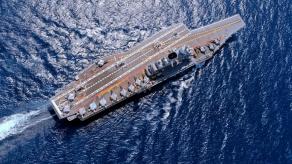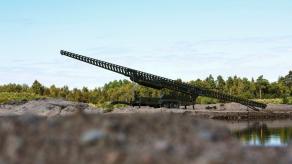The main battle tank "Oplot" will be ordered for the Armed Forces of Ukraine, as officially announced by Ukrainian Minister of Defense Oleksiy Reznikov. This statement was made by the head of the defense ministry during a visit to the Kharkiv region, including a military range where the tank conducted maneuvers and live fire exercises.
For a country at war, especially Ukraine, which has a strong scientific and production base in the field of armored vehicles, this decision holds immense significance. It is crucial to approach this matter with maximum attention and objectivity, considering that this project is a long-term perspective, addressing the composition of the tank fleet of the Armed Forces of Ukraine even beyond the Victory and outlining the future of the Ukrainian military into the 2030s.
Read more: War in Ukraine Revived Light MLRS Which May Prove as the Best Weapon Against russian Infantry Assault Groups

If we anticipate the composition of the Armed Forces of Ukraine tank component after the Victory, the first aspect to consider is the tank arsenal which is a natural occurrence during wartime. As of January 2023, the Armed Forces of Ukraine had 27 tank models and their modifications (excluding command versions, ARVs, and other vehicle variants). Currently, this list has increased to 31 models and 33 in the short-term perspective.
The core of the wartime tank arsenal consists of T-64 variants that were in service with, the Armed Forces of Ukraine as of 2021, along with a significant number of T-72 tanks, including Ukrainian-produced ones, captured units, and those acquired from allied sources. In comparison, the number of T-80 tanks and their derivatives is unlikely to surpass them. Furthermore, the quantity of Leopard 2, Challenger 2, and later Abrams tanks is significantly smaller compared to Soviet tanks, with approximately 130 of these vehicles already delivered or set to reinforce the Armed Forces of Ukraine during this year.
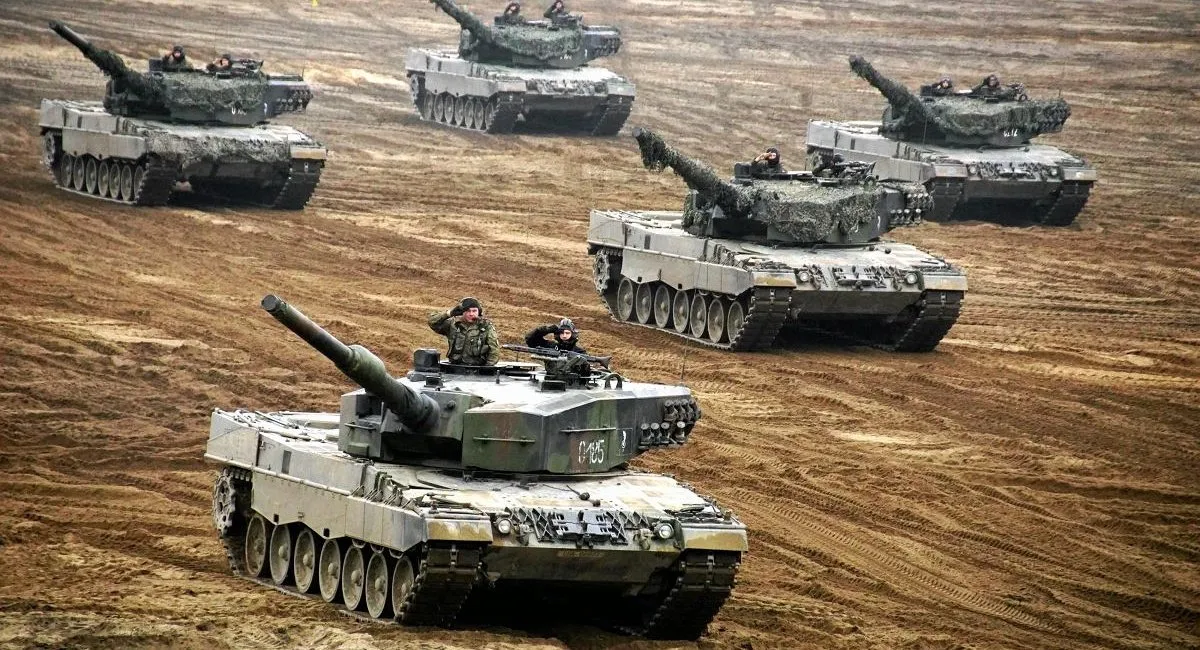
After the Victory over russia, the key question for Ukraine regarding its armored vehicle fleet will be making a crucial decision on what to do with Soviet-era machines and their modernizations, which will constitute the majority. Determining the number of tanks that should be in, the Armed Forces of Ukraine after the Victory depends on numerous factors and will be determined through a scientific approach rather than speculative experiments. However, it is possible to take Poland as a reference point, as they aim to have approximately 800 K2PL licensed versions in service by the 2030s.
Therefore, the main question is what the remaining 700 tanks, hypothetically, in the Armed Forces of Ukraine by 2030 should be like. The first option is to procure Western-made tanks. However, for instance, the estimated cost for a quantity of Leopard 2A7 tanks, without considering production capabilities, would amount to an astronomical sum, as seen in the recent contract with Norway, which reached $18.6 billion.
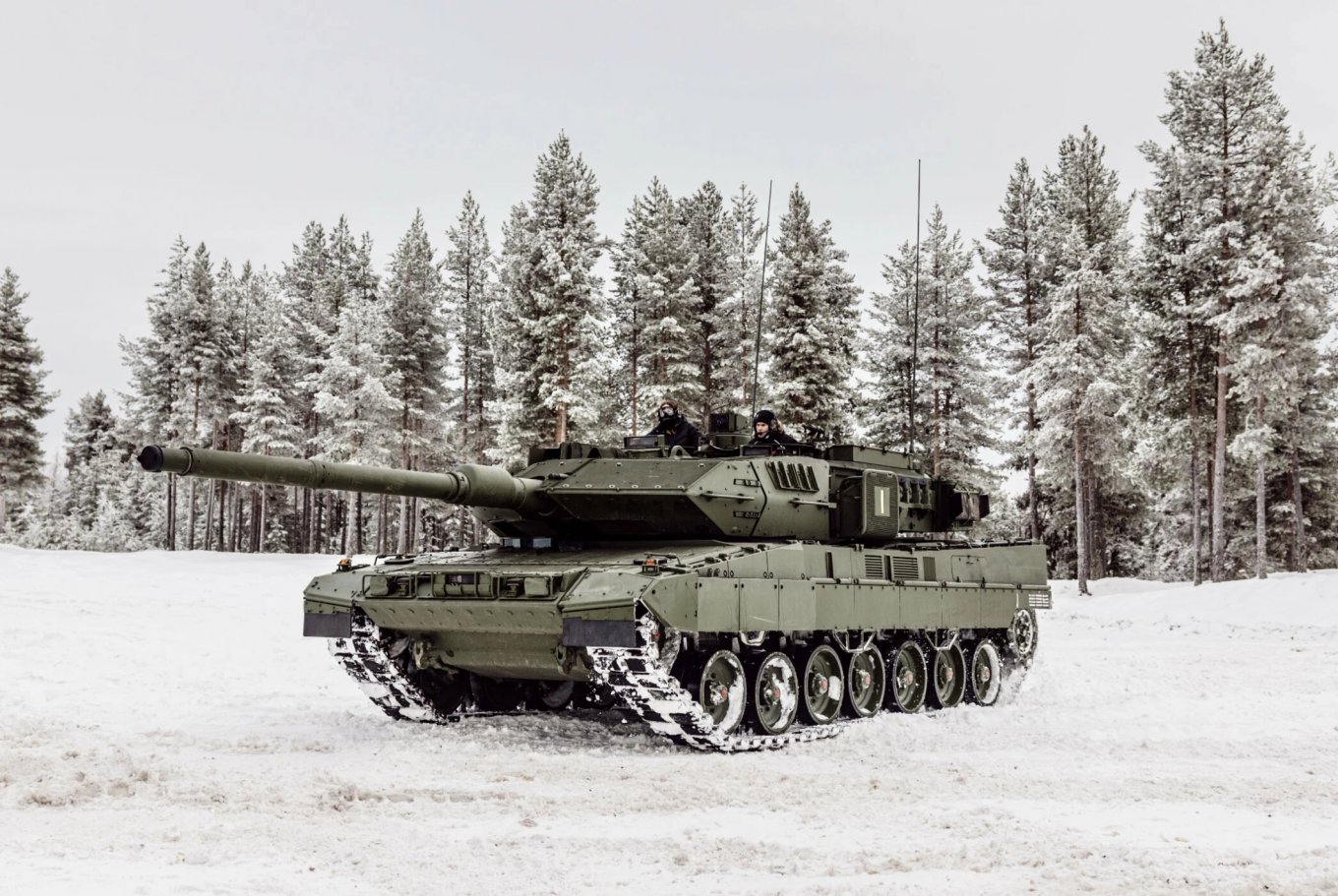
The second option is to continue operating Soviet-era equipment, as it is more cost-effective. This would involve a comprehensive modernization of hundreds of vehicles, including fitting them with a new turret equipped with a 120mm NATO gun. The challenging nature of such modernization has been demonstrated by the "Yatagan" project.
The T-84-120 "Yatagan" received an extended turret space, accommodating the autoloader and part of the ammunition stowage. However, this decision posed new challenges - the turret with the extended rear portion protrudes over the powertrain compartment, complicating its cooling. As a result, the T-64 engine overheats, adversely affecting its maneuverability, mobility, and operational capabilities.
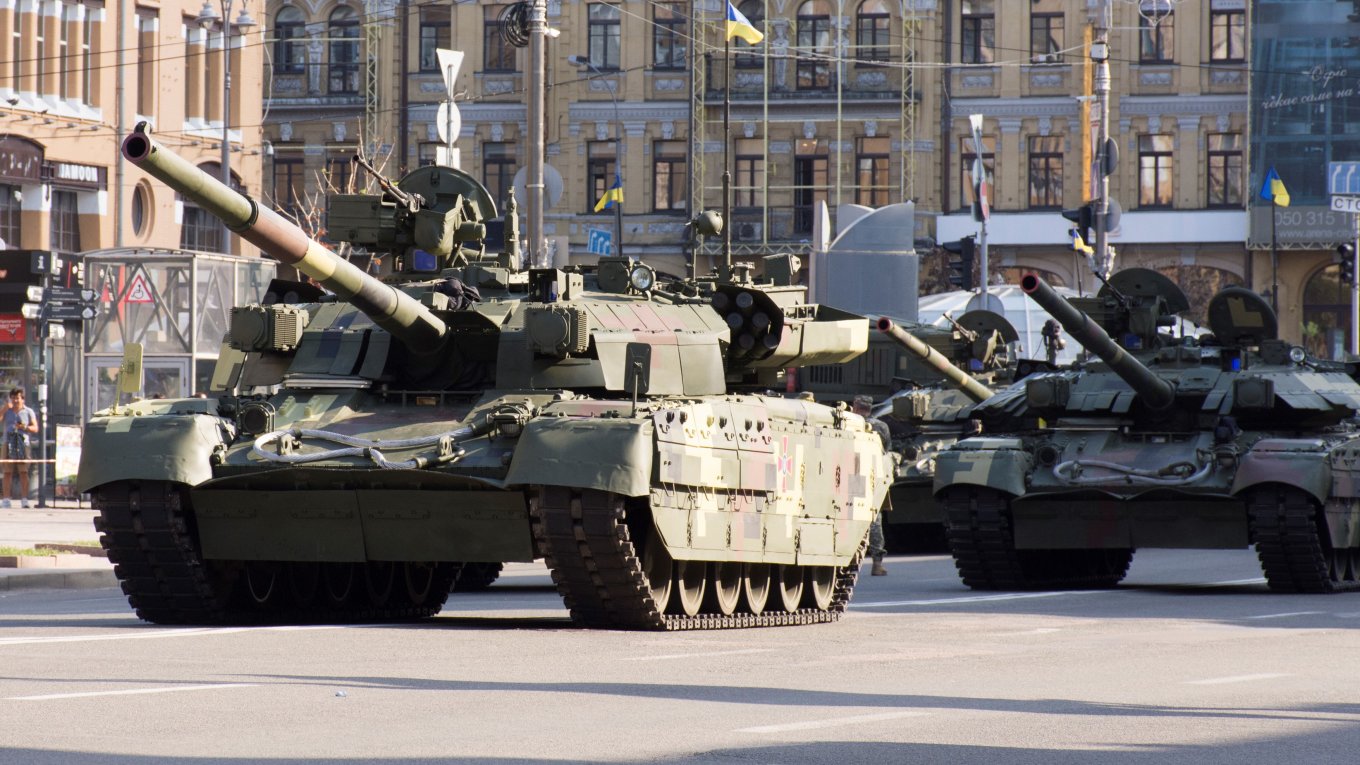
In brief, installing a 120mm gun requires a new turret, and the new turret with ammunition stowage creates a shadow effect over the powertrain compartment of Soviet tanks, leading to overheating issues. Additionally, the increased weight of the turret affects the chassis, which also needs modification. Consequently, this creates a vicious circle of problems, essentially resulting in the development of a new tank rather than a mere modernization.
The third option is to finally realize what the Kharkiv Design Bureau of Machine Building had envisioned in the 1980s, understanding the real capabilities of the T-64 platform and its derivative Soviet vehicles. This would involve creating a new chassis, a significantly more complex task that can only be accomplished through a national program and the mobilization of all available resources. It would also require cooperation with international partners and allies.
It seems clear that the voluntary path of isolation, in which Ukraine pursued the slogan "let's do everything ourselves" in defense projects since 1991, has proven to be erroneous. The example of how modern weaponry is developed by national defense industries is demonstrated worldwide, with the closest examples being Poland and Turkey, where all defense projects are carried out through close international cooperation, localization, and integration of solutions.
Which option is "Oplot" closest to among these? As a tank that is a modernization of the T-84, which in turn is a modernization of the T-80UD, itself being a T-80 with a diesel engine, and the latter being derived from the T-64? The question is rhetorical.

Undoubtedly, "Oplot" is an excellent machine developed in the 1990s-2000s and officially adopted by the Armed Forces of Ukraine in 2009. Its development was not arbitrary but aimed to establish a unified fleet of armored vehicles with the T-64BM "Bulat" and "Oplot", as part of a logical and sequential upgrade and replacement of "Bulats" with a new platform. This decision was made over 20 years ago.
The decision for the year 2020 includes "Krab" howitzer and "Bastion" MLRS, modernizations of the T-64, and "Oplot," which were officially announced at the level of the Ministry of Defense of Ukraine. However, now, in 2023, for a country engaged in a full-scale war, it is a valid question whether this decision is still relevant, especially considering the perspective of the 2030s.
Read more: Why T-72M1 and T-80U Tanks Lost to Leopard 2A4 during 1994 Tests in Sweden




